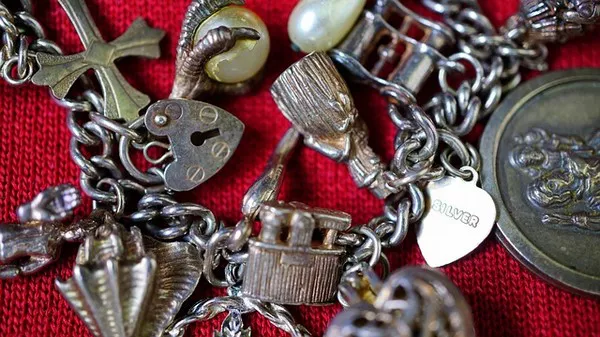The allure of precious metals as investments has remained steadfast throughout history. Among these, sterling silver, known as 925 silver, has captured the attention of investors and collectors alike. Beyond its intrinsic beauty and versatility, an intriguing question emerges: Does 925 silver possess resale value? This article delves into the factors that influence the resale value of 925 silver and examines its standing as an investment-worthy commodity.
Understanding 925 Silver
925 silver, often referred to as sterling silver, is an alloy consisting of 92.5% pure silver and 7.5% other metals, usually copper. This blend is crafted to enhance the metal’s durability and reduce tarnishing while maintaining its inherent luster. Its popularity stems from its affordability compared to higher-purity silver options while still offering a visually appealing finish that mirrors the more valuable varieties.
Factors Influencing Resale Value
Several key factors influence the resale value of 925 silver. Understanding these elements can provide valuable insights into whether 925 silver is a sound investment choice.
1. Market Demand and Trends
The ebb and flow of consumer preferences significantly impact the resale value of 925 silver. Designs that are currently en vogue tend to command higher prices in the market. Keeping an eye on emerging trends and adapting one’s collection or offerings accordingly can enhance resale potential. However, it’s important to note that trends can be fickle, and relying solely on them may not guarantee sustained value.
2. Hallmarks and Authenticity
The presence of official hallmarks, indicating the purity and authenticity of the silver, is crucial for resale value. Buyers and collectors are more likely to pay a premium for pieces that come with proper certification, as it instills trust and confidence in the authenticity of the metal. Ensuring that your 925 silver items are appropriately marked can positively impact their resale value.
3. Condition and Craftsmanship
The overall condition of 925 silver items plays a pivotal role in determining their resale value. Items with minimal wear and tear, well-preserved craftsmanship, and intricate designs tend to command higher prices. Regular maintenance, such as cleaning and proper storage, can help maintain the condition of 925 silver pieces, thus enhancing their resale potential.
4. Rarity and Collectibility
Rarity and collectibility are often synonymous with increased value in the world of collectibles. Limited-edition or vintage 925 silver items, especially those from renowned silversmiths or historical periods, can become highly sought-after by collectors. The scarcity of such pieces can drive up their resale value significantly.
5. Precious Metal Market Prices
The broader fluctuations in precious metal prices also impact the resale value of 925 silver. As a commodity, silver prices are influenced by various economic factors, such as supply and demand dynamics, geopolitical events, and inflation. Keeping a pulse on these market trends can aid in timing the resale of 925 silver items for optimal returns.
6. Brand Reputation
The reputation of the manufacturer or designer of 925 silver items can affect their resale value. Established brands or artisans known for their quality craftsmanship and unique designs often command higher prices in the secondary market. Collectors and buyers are often willing to pay more for items associated with reputable names.
7. Cultural and Historical Significance
Items that hold cultural or historical significance can carry a premium in the resale market. Whether it’s a piece tied to a specific era, culture, or event, such items can attract collectors and enthusiasts who value their unique stories. Highlighting the historical context of 925 silver items can enhance their perceived value and, subsequently, their resale potential.
Conclusion
The resale value of 925 silver is not solely dependent on its intrinsic composition but rather influenced by a complex interplay of factors. Market trends, authenticity, condition, rarity, metal prices, brand reputation, and cultural significance all contribute to determining the value of 925 silver items in the secondary market. As with any investment, careful research, monitoring of market trends, and a focus on quality and authenticity can significantly impact the potential for resale value. While 925 silver may not rival the value of higher-purity silver or other precious metals, its unique blend of beauty, affordability, and historical resonance ensures it retains a well-deserved place in the world of collectibles and investments.


